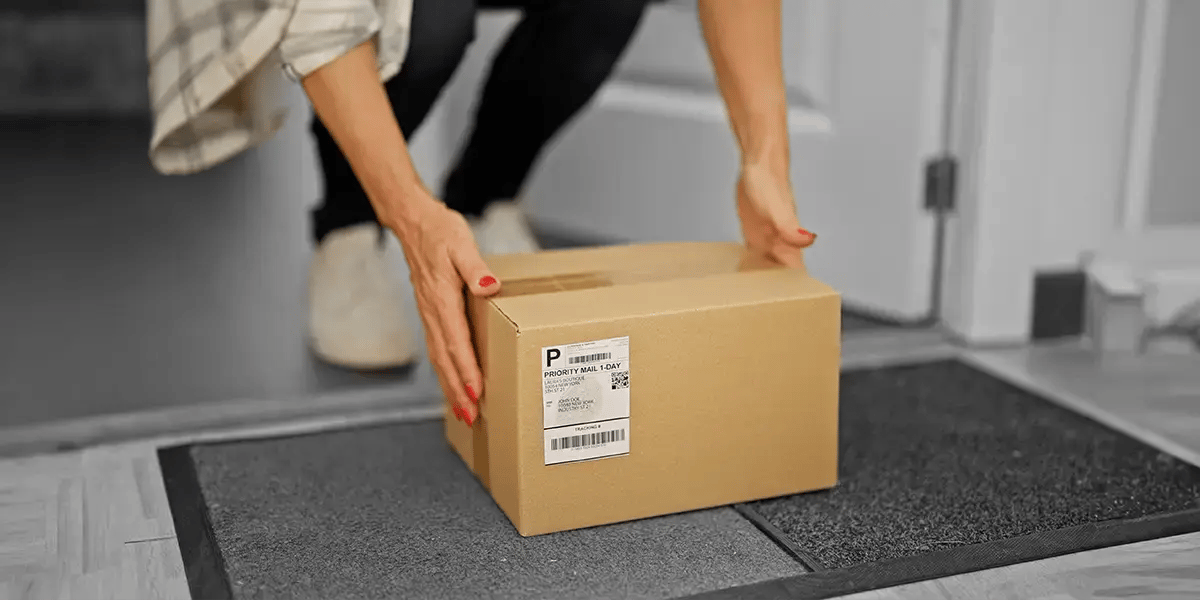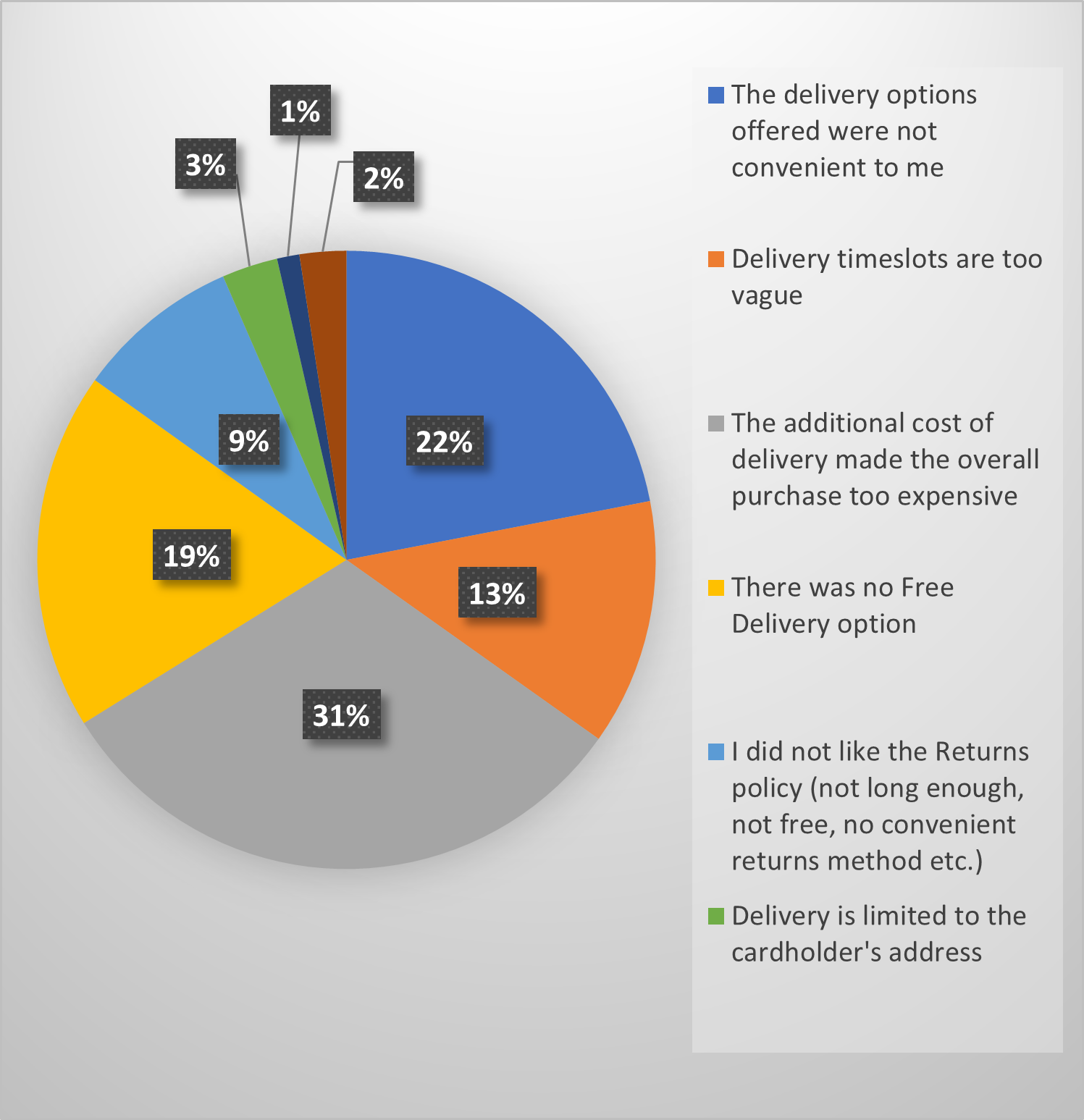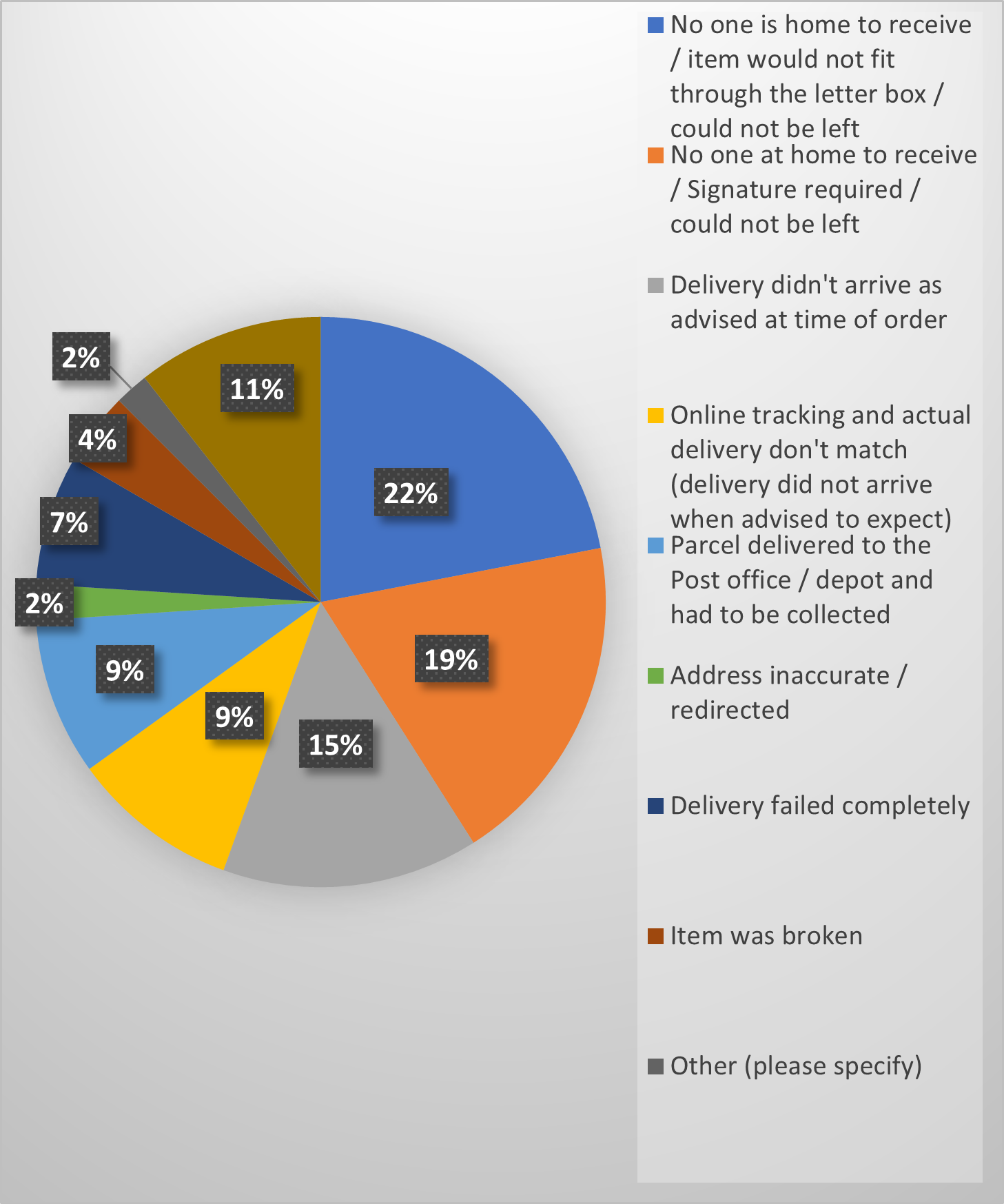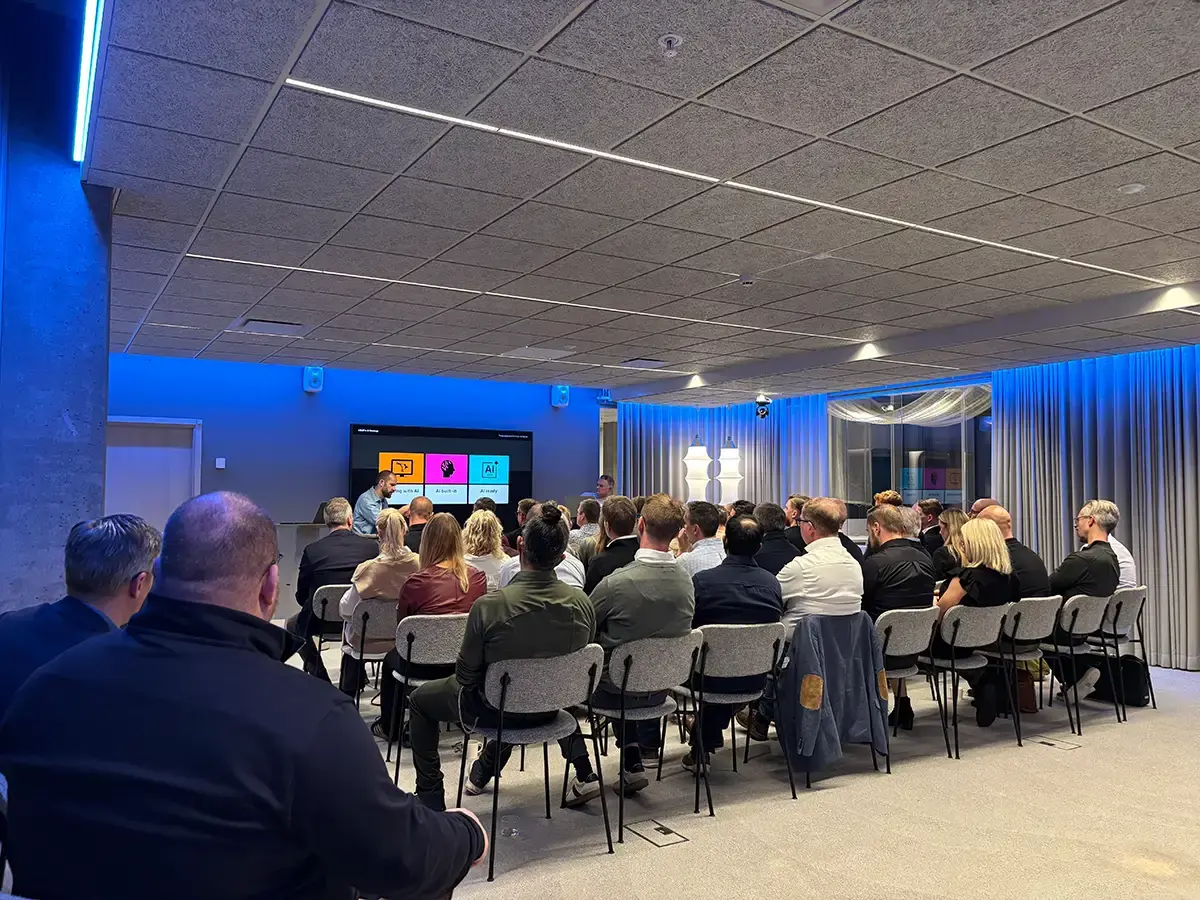
Providing a high quality delivery experience to customers, time after time, can prove challenging for retailers. When managing delivery in-house it’s a big responsibility which requires specialist knowledge. There are some common pitfalls which retailers often encounter, which is why delivery is often outsourced in order to leave it in the hands of experts, who’ve encountered these issues before. Whilst fulfilling orders, these are three of the biggest hurdles retailers encounter when it comes to delivery.
1. Customers abandoning checkout due to delivery
It’s a last minute loss for retailers if customers make it to the checkout stage, but then are put off following through to buying the item due to delivery. Many retailers lose sales through not providing enough delivery options. In our 2021 UK consumer home delivery survey with IMRG, we sought to find out why customers might abandon their basket at the checkout, therefore losing the retailer that sale. The most frequent answer (31% of 1,000 respondents) was that the added cost of delivery made the overall purchase too expensive. This was followed by the delivery options not being convenient, and there being no free delivery option. Adding together the concerns about free delivery, and added cost of delivery, it means that 50% of respondents have abandoned a basket for a price related reason. Retailers can ensure they don’t lose customers for price-related reasons by absorbing delivery price into the cost of the items (in order to provide free delivery), or offering free delivery on items over a spend threshold. See our blog on 5 ways to offer financially sustainable free shipping to find out more.

If you’ve abandoned an online purchase at the checkout stage because of delivery, why was this?
(Source: Maru, nShift and IMRG Home Delivery Report)
2. Shipping not living up to expectations
We’ve all experienced poor delivery, such as smashed items, or the goods being lost in transit. It can be an unpleasant and distressing time for the customer, therefore discouraging them from making a repeat purchase, so it’s important that high quality services are provided each time. We asked 1,000 UK customers what has been the reason for a delivery not being as expected, in order to find out what the most common problem was. 22% of consumers said that no one was home to receive the item, or it wouldn’t fit in the delivery area, then 19% of respondents said the same reason, except a signature was required. This suggests that ‘safe places’ or drop-off points could be advantageous to these customers who aren’t home when a delivery needs signing for. The other most common issue was the delivery not arriving at the time it was supposed to, with 15% of respondents saying this was a problem. Rapid, accurate delivery can be provided through tracking systems, or timeslots in order to avoid disappointment.

If orders have not been delivered to your expectation, what have been the most common reasons?
(Source: Maru, nShift and IMRG Home Delivery Report)
3. Inappropriate packaging
When an item isn’t packaged properly, this can lead to frustration from the customer, and potential damage to the goods. We asked our survey respondents who had received an inappropriately packaged item, what the problem with the packaging was, we found some interesting answers. 35% of respondents said there had been too little packaging, likely meaning that the item was at risk of damage. 26% of shoppers said there was too much packaging, and another 26% said it was too big for the item it contained. This can lead to a waste of materials, (for the retailer) as well as time (for the customer). Retailers should consider their options when it comes to finding the correct packaging, in order to avoid disappointment.

Why was the packaging inappropriate? Please tick all that apply
(Source: Maru, nShift and IMRG Home Delivery Report)
It can be concluded that some of the most common issues which retailers face when providing delivery to customers, include insufficient delivery options causing them to abandon baskets; shipping not meeting expectations; and inappropriate packaging. If retailers are aware of these pitfalls, they can then take the measures needed to ensure that action is taken to prevent such problems arising. High quality order fulfilment systems help to smooth out any issues they may encounter along the way.
About the author






